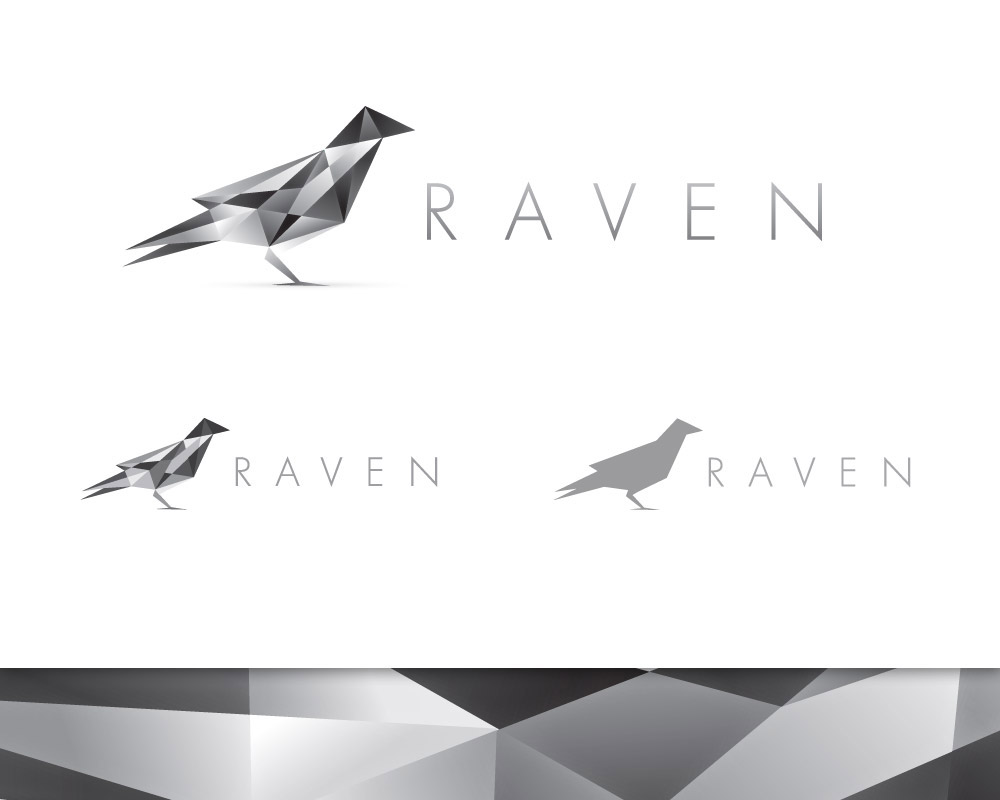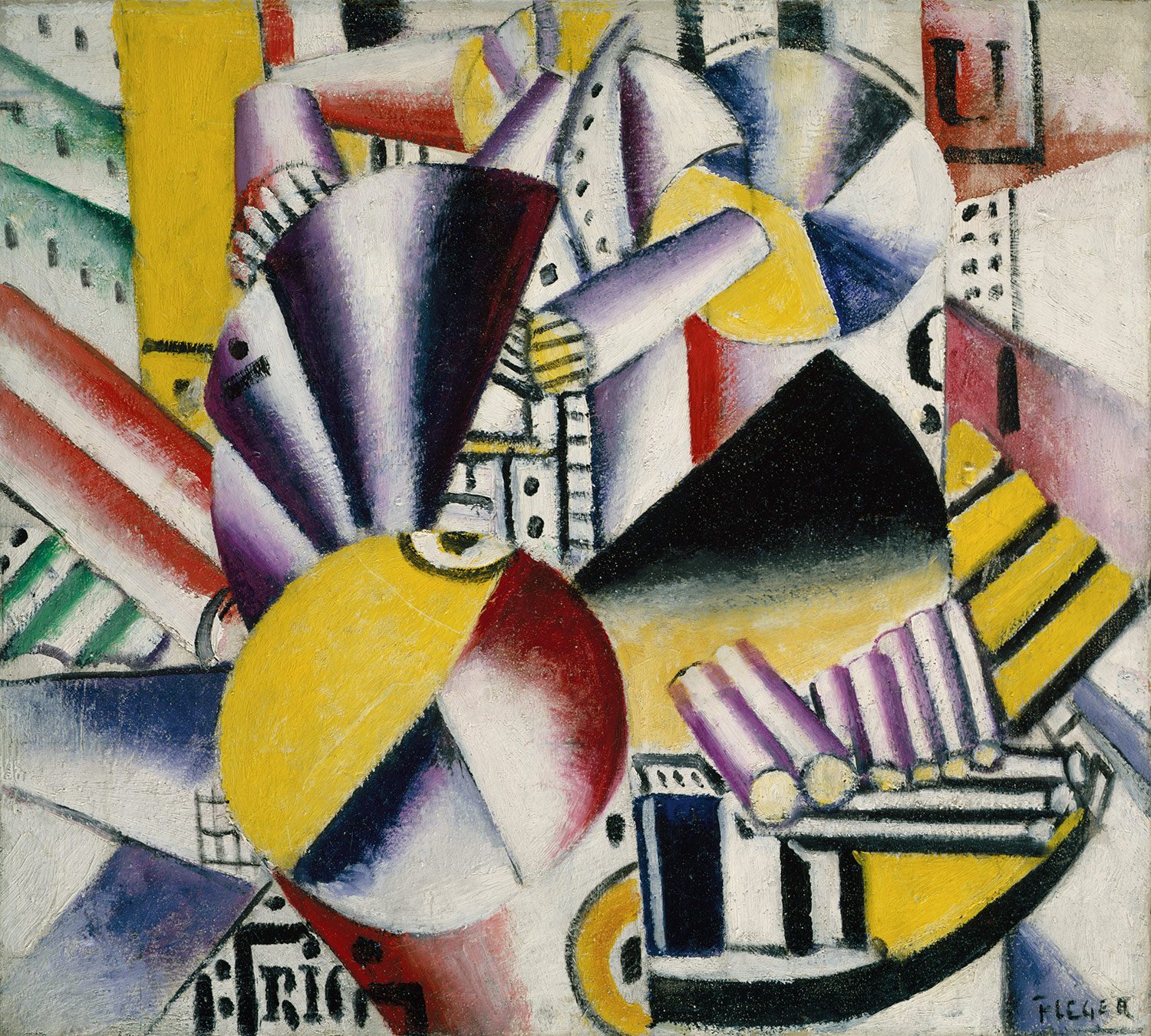TAKE A CLOSER LOOK AT THE ART DECO MOVEMENT
Art Deco is a visual arts movement that first emerged in France between the two World Wars, gaining international notoriety in the 1930s and 1940s. Interestingly, the Art Deco movement was not known by this name until the term was first coined during its resurgence in the 1960s.
The rise of the Deco movement is often attributed to the rapid industrialization post World War I. This helped form the unique and eclectic style that seamlessly married traditional motifs with machine engineered and industrial materials, rich colors, geometric shapes and lavish ornamentation. Art Deco was also heavily influenced by art styles including Cubism, Constructivism, Modernism and Futurism. These influences and the industrial styling distinguished Art Deco from its predecessor, Art Nouveau, which favored a more organic, natural look that utilized detailed patterns and curved lines.
In the United States the Art Deco movement exhibited beauty and strength during a period of severe economic depression and profoundly influenced a wide range of art and design fields of the day including: painting, sculpture, decorative art, product design, furniture design and architecture.
ART DECO IN ART
Art Deco in fine art exhibited clean lines and vivid colors combined with simplistic styling that influenced many forms of art including painting and sculpture.
One of the most influential Art Deco painters was Tamara de Lempicka whose vivid and bold style epitomized the sophisticated feel of the movement. This can be seen in her 1925 iconic piece Auto-Portrait (Tamara in the Green Bugatti).
In the field of sculpture, Boris Lovet Lorski’s stunning works are renowned for their mechanized and streamlined styling of female sculptures with narrow hips, broad shoulders and wide spread arms.
ART DECO IN ARCHITECTURE
Despite its European origins, the Art Deco movement profoundly impacted American architecture and interior design during the late 1920s and early 1930s. Many striking examples are located in New York, Chicago, and Los Angeles with notable works ranging from famous skyscrapers to smaller projects.
Three of the most famous and visually impressive Art Deco buildings are in New York City where the skyline is spectacularly adorned with truly unique examples of Art Deco architecture such as the Chrysler, Empire State and Daily News buildings.
Most of Los Angeles’ Art Deco architecture is located along Wilshire Boulevard. The most notable structures are the Pellissier and Bullocks Wilshire buildings and the Wiltern Theatre. Most of the Deco architecture in L.A. was constructed in the late 1920s and early 1930s during a heavy period of urban renovation.
Miami Beach, Florida hosts many Art Deco buildings. The most interesting are the thirty or so apartment and hotel blocks constructed between the 1920s and 1940s. Since their creation they have been listed as protected buildings and have undergone massive restoration projects to ensure they retain their original look and feel and unique pastel coloring.
World-renowned architect Frank Lloyd Wright used Art Deco elements in many of his buildings including the exterior of the Park Inn Hotel in Mason City, Iowa and the block patterns on his famous Ennis house in Los Angeles.
ART DECO IN PRODUCT DESIGN
Art Deco also greatly influenced many areas of product design including: furniture, china, textiles, cars, clocks, jewelry, electronic items, industrial design, and fashion to name but a few.
Gilbert Rohde famously used elements taken from Art Deco and Modernism to create wonderful and unique items of furniture that became widely popular and synonymous with the two styles. Rohde helped popularize modern design with everyday Americans and brought clean, stylish and modern furniture to the masses.
Art Deco also heavily influenced the new Streamline Moderne design style that emerged in the mid-1930s. Inspired by theories of aerodynamics developed for aviation and ballistics, Streamline Moderne applied these principles to a host of products such as automobiles, trains, ships, refrigerators, and other household goods. In 1933 the Chrysler Airflow was produced with Streamline styling. To this day the Airflow is considered a truly beautiful car that set a design precedent despite its commercial failure.
THE DECLINE OF ART DECO
The financial, emotional and physical hardships of the Second World War caused Art Deco to decline in popularity. The lavish and eccentric styling became was perceived as gaudy and overly luxurious. Following the war, America toned down architectural styling and implemented more simplistic design with far less overt ornamentation.
Nevertheless, the Art Deco movement and streamline principles continue to inspire designers today. Our smartphones and computers use industrial materials combined with cutting edge technology and modern cars continue to emphasize the same aerodynamics and smooth lines that popularized Art Deco.









.jpg)






















